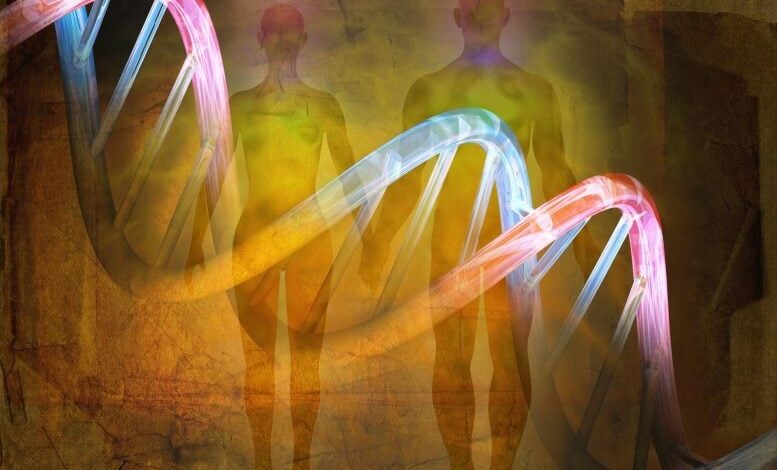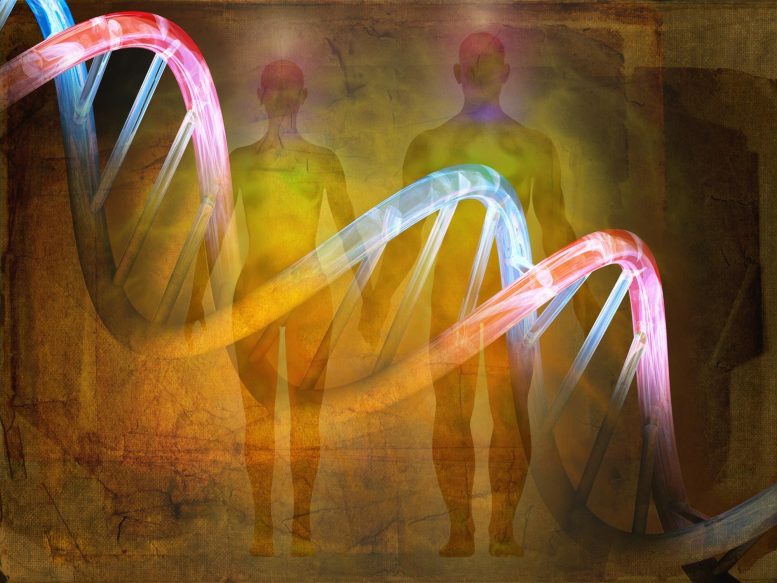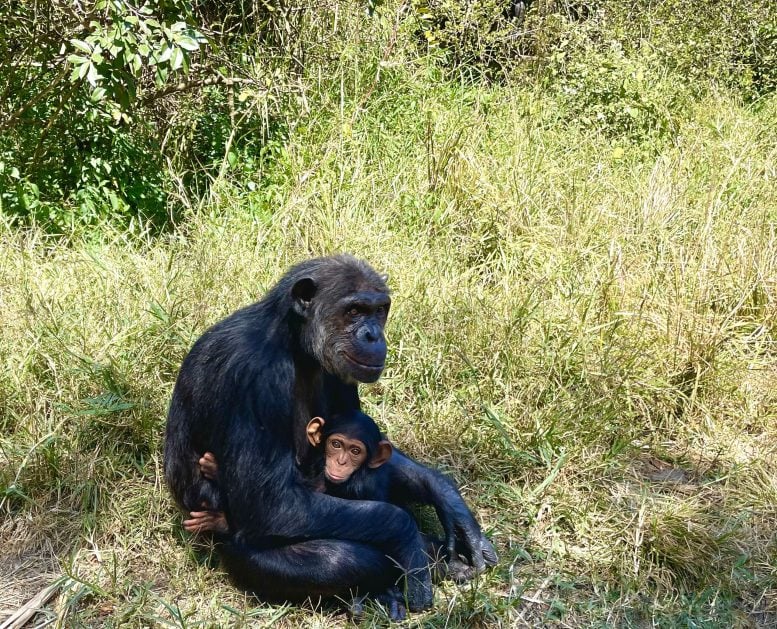Cross-Species Heart Study Provides a New Understanding of Human Evolution


Researchers from Swansea University and UBC Okanagan found key differences in heart structures between humans and other great apes. Their study, which used advanced cardiac imaging, suggests that human hearts have evolved unique features like less trabeculation to better support our larger brains, upright movement, and cooling mechanisms.
A study comparing human and great ape hearts reveals significant evolutionary adaptations in humans, including smoother, less trabeculated heart muscles that improve cardiac function to support higher metabolic demands and effective thermoregulation.
An international team of researchers from Swansea University and UBC Okanagan has gained new understanding of human evolution by studying the hearts of humans and other great apes. Despite sharing a common ancestor, humans have developed larger brains and the capacity to walk or run on two legs, adaptations that likely evolved for long-distance travel and hunting.
Now, through a new comparative study of the form and function of the heart, published in Communications Biology, researchers believe they have discovered another piece of the evolutionary puzzle. The team compared the human heart with those of our closest evolutionary relatives, including chimpanzees, orangutans, gorillas, and bonobos cared for at wildlife sanctuaries in Africa and zoos throughout Europe.
Methodology and Findings in Heart Comparison
During these great apes’ routine veterinary procedures, the team used echocardiography—a cardiac ultrasound—to produce images of the left ventricle, the chamber of the heart that pumps blood around the body. Within the non-human great ape’s left ventricle, bundles of muscle extend into the chamber, called trabeculations.
Bryony Curry, a PhD student in the School of Health and Exercise Sciences at UBCO, said: “The left ventricle of a healthy human is relatively smooth, with predominantly compact muscle compared to the more trabeculated, mesh-like network in the non-human great apes.
“The difference is most pronounced at the apex, the bottom of the heart, where we found approximately four times the trabeculation in non-human great apes compared to humans.”
Advanced Imaging Techniques and Evolutionary Implications
The team also measured the heart’s movement and velocities using speckle-tracking echocardiography, an imaging technique that traces the pattern of the cardiac muscle as it contracts and relaxes.
Bryony said: “We found that the degree of trabeculation in the heart was related to the amount of deformation, rotation, and twist. In other words, in humans, who have the least trabeculation, we observed comparatively greater cardiac function. This finding supports our hypothesis that the human heart may have evolved away from the structure of other non-human great apes to meet the higher demands of humans’ unique ecological niche.”
A human’s larger brain and greater physical activity compared to other great apes can also be linked to higher metabolic demand, which requires a heart that can pump a greater volume of blood to the body.
Similarly, Higher blood flow contributes to humans’ ability to cool down, as blood vessels close to the skin dilate—observed as flushing of the skin—and lose heat to the air.
Dr. Aimee Drane, Senior Lecturer from the Faculty of Medicine, Health & Life Sciences at Swansea University, said: “In evolutionary terms, our findings may suggest selective pressure was placed on the human heart to adapt to meet the demands of walking upright and managing thermal stress.
“What remains unclear is how the more trabeculated hearts of non-human great apes may be adaptive to their own ecological niches. Perhaps it’s a remaining structure of the ancestral heart, though, in nature, form most often serves a function.”
Reference: “Left ventricular trabeculation in Hominidae: divergence of the human cardiac phenotype” by Bryony A. Curry, Aimee L. Drane, Rebeca Atencia, Yedra Feltrer, Thalita Calvi, Ellie L. Milnes, Sophie Moittié, Annika Weigold, Tobias Knauf-Witzens, Arga Sawung Kusuma, Glyn Howatson, Christopher Palmer, Mike R. Stembridge, John E. Gorzynski, Neil D. Eves, Tony G. Dawkins and Rob E. Shave, 14 June 2024, Communications Biology.
DOI: 10.1038/s42003-024-06280-9
The research team is grateful to the staff and volunteers who care for the animals in the study, including the teams at Tchimpounga Wildlife Sanctuary (Congo), Chimfunshi Wildlife Sanctuary (Zambia), Tacugama Chimpanzee Sanctuary (Sierra Leone), Nyaru Menteng Orangutan Rescue and Rehabilitation Center (Borneo), the Zoological Society of London (UK), Paignton Zoo (UK), Bristol Zoo Gardens (UK), Burgers’ Zoo (Netherlands) and Wilhelma Zoo (Germany).



